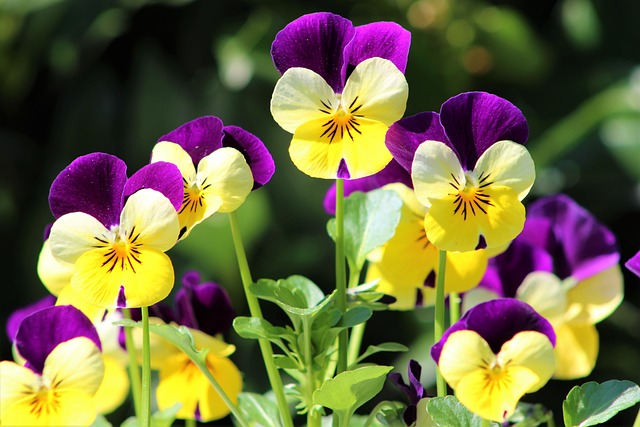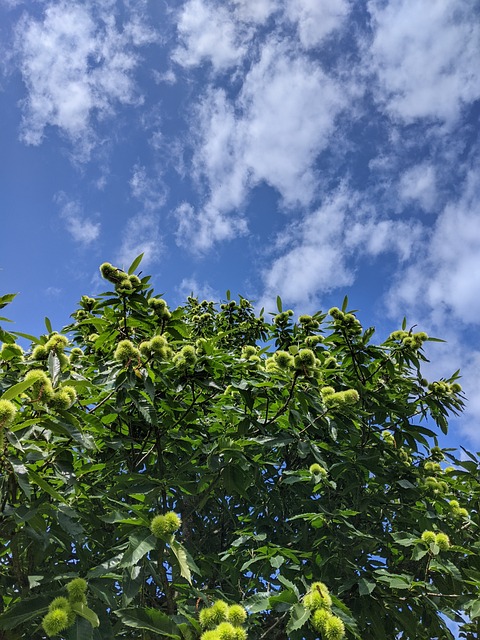kebet 👀 Kebet: A Cultural Tapestry Woven into the Heart of Society

Olá, amigos! O tema de hoje é kebet, mas também vamos abordar kebet para trazer um entendimento mais amplo.
In a world teeming with diverse cultural expressions, kebet stands as a remarkable testament to the adaptive ingenuity of human communities. This unique form of artistry and cultural exchange elegantly showcases a blend of tradition, identity, and resilience, carving a niche in the expansive tapestry of societal heritage.
As societies evolve, so too do their artistic expressions. Kebet serves as a lens through which we can examine pivotal moments in history, the melding of different cultures, and the continuing dialogue between the past and present. It is not merely a style or a form; it is a dynamic process that encapsulates the essence of the human experience, weaving together shared stories, emotions, and aspirations into a cohesive whole.
At its core, kebet represents more than just an artistic endeavor; it embodies the spirit of collective memory—a vessel carrying the hopes, struggles, and achievements of its people. This art form has often emerged in the spaces where tradition and innovation collide, where old narratives intersect with new ideas. In doing so, kebet reflects the nuanced complexities of contemporary life.
Central to understanding kebet is recognizing its roots in community and collaboration. Unlike solitary artistic expressions, kebet thrives in environments that foster dialogue and interaction among creators. It invites participants into a shared journey, highlighting a sense of belonging that is increasingly pivotal in our fragmented world. Each piece of kebet served as a dialogue between the creator and the audience, invoking a rhythm that resonates across generations. kebet

Kebet embodies a dynamic tapestry upon which various threads—cultural, social, and historical—intertwine. From vibrant colors to intricate patterns, each element provides profound insight into the collective psyche of the community that creates it. Those engaged in kebet are not merely artists; they become storytellers, weaving narrative arcs that celebrate diverse experiences while addressing the collective consciousness of society. Through the medium of kebet, voices that often linger in the shadows of mainstream art are brought to the forefront, reclaiming their narrative power.
The adaptability of kebet further emphasizes its significance. It has the remarkable potential to transcend contexts, allowing it to flourish in a myriad of settings and occasions. From bustling urban landscapes to serene rural environments, kebet transforms public spaces into arenas of cultural expression. Its versatility allows it to act as both a protest against oppression and a celebration of identity, uniting voices that have often been silenced.
Furthermore, the contemporary manifestation of kebet reveals its evolving nature amidst globalization's undeniable impact. As cultural barriers dissolve and electronic connectivity surges, kebet emerges as a crossroads where tradition meets innovation. Artists draw from a vast reservoir of cultural influences, breathing new life into ancient practices while addressing modern societal challenges. This blending marks the transition of kebet into an inclusive space where the past, the present, and the future converge harmoniously.kebet

The emergence of digital platforms reflects another facet of kebet’s transformation. In an age defined by rapid technological advancement, kebet has found new mediums through which to resonate with audiences. Virtual exhibitions, interactive installations, and augmented reality experiences have expanded the boundaries of this art form. The spirit of kebet transcends physical limitations, allowing it to infiltrate the very fabric of daily life and challenge traditional notions of artistic consumption.
However, the rise of kebet does not come without its challenges. The inevitable tension that arises between commercial exploitation and authentic cultural expression raises questions about the preservation of heritage amidst a relentless quest for modernity. To ensure the vitality of kebet, it is essential to maintain a delicate balance between honoring its origins and embracing contemporary innovation. In this creative dance, artists must navigate the fine line between cultural appropriation and appreciation, ensuring that kebet remains a true reflection of the communities it represents.
As we delve deeper into the world of kebet, it becomes clear that it is much more than a mere art form. It is a manifestation of the human spirit, a mechanism for healing, and a profound commentary on the state of society. Each brushstroke, rhythm, and pattern acts as a bridge between individuals and their histories, advocating for a world where empathy and understanding take precedence over division.kebet
Antes de seguir com a discussão sobre kebet, vamos revisar os pontos que abordamos anteriormente.
Kebet stands as an unwavering beacon of cultural identity and creativity, inviting all to partake in the eloquent narrative that continues to unfold. In its essence, it reminds us that we are all interconnected threads in a vast cultural tapestry—each one significant, each one capable of contributing to the beauty of the whole. As we embrace kebet in all its forms, we reaffirm our commitment to diversity, unity, and the enduring power of expression that shapes our shared human experience.
A análise sobre kebet e kebet foi concluída, esperamos que tenha sido útil!
Fale conosco. Envie dúvidas, críticas ou sugestões para a nossa equipe através dos contatos abaixo:
Telefone: 0086-10-8805-0795
Email: portuguese@9099.com


